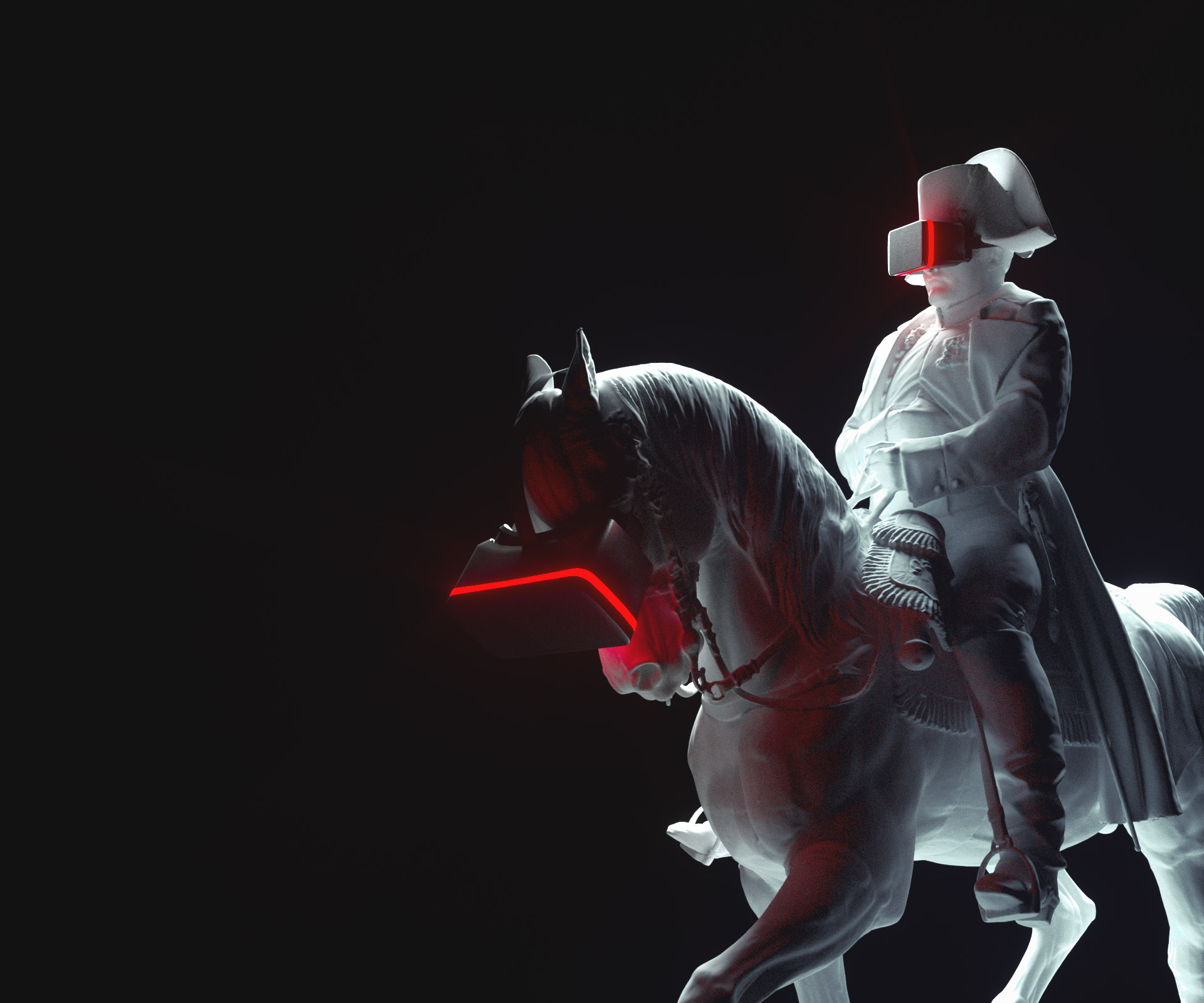
How much does VR cost in 2021
Before we going into detail about VR, first let’s answer the simple question of “Why should a brand create VR or 360 content?”
Virtual Reality and 360 videos are one of the quickest growing segments of media production. Brands across the world are quickly creating content for a wide range of uses.
Nearly every large notable brand has created or is in the process of creating some type of VR content, companies such as Mercedes, Netflix, NASA, AMC, and National Geographic come to mind.
The level of immersion possible with VR is simply beyond that of any other type of media, it generates interaction with the user and engages them on levels that are impossible without the use of VR. For brands, this is the perfect type of media to entice users to spend large amounts of time engaging with their brand. Many people haven’t experienced VR or have only on a rare basis, which means they are actively excited to try new VR content. This is a win-win for any brand!
In short, the answer is simple VR and 360 content results in more interaction and engagement with your audience than any other form of marketing!
What Drives Video Production Costs
If you thought traditional video production projects ranged widely in complexity and cost, then VR will production costs ranges will be an even wider range.
Each VR project is different, they utilize different types of VR production, has different goals, requirements, lengths, amount of editing, post-production, type of equipment, number of people involved, travel, the list goes on and on.
Because each project has such drastically different requirements and costs, the costs will vary massively.
On a topical level, the more complicated, the longer the length, more people involved, and so on, this equates more TIME which drives up the price.
The Type of VR Production also drastically impacts the price.
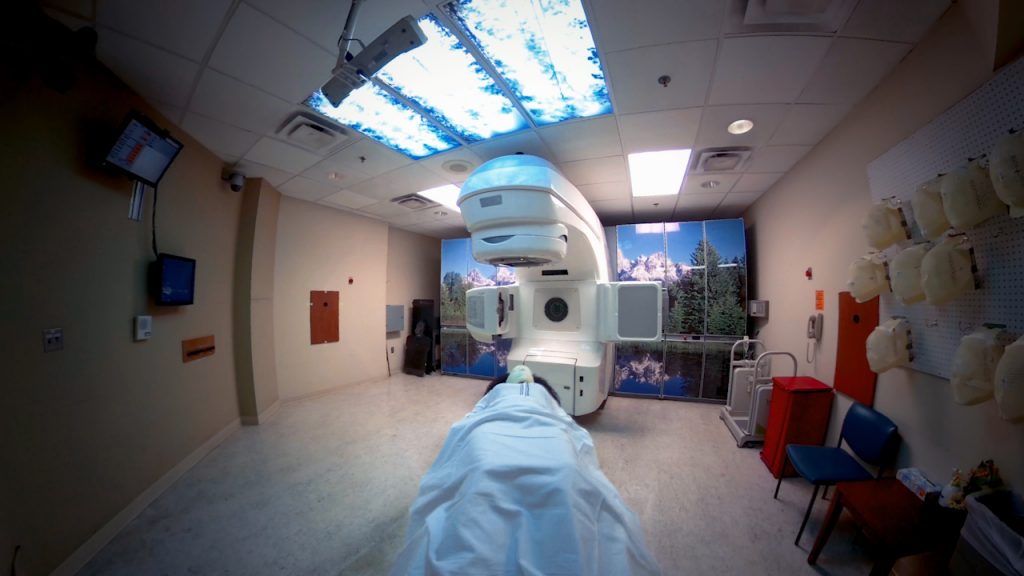
Here are the most common types of VR production:
1. Monoscopic 360 Videos
This type of Virtual Reality production is the least complicated type of VR, the equipment used is less expensive, less setup is involved, and editing time is generally slightly reduced. Many of the 360 videos seen on youtube fall into this category, with varying levels of production complexity when it comes to post-production editing, actors, locations, etc.
2. Stereoscopic 360 VR Video Production
Stereoscopic VR gives users a true 3D perspective, as each eye is getting a different image which forces the perspective of depth. These videos require the use of a 360 headset of which many types exist: HTC Vive, Oculus, Samsung VR, and even google cardboard can a solid platform to watch stereoscopic VR.
While monoscopic 360 videos are really neat for first-time viewers to experience, stereoscopic VR content is truly mind-blowing to any first time user.
We commonly produce this type of content for clients that will provide the user with the equipment needed to view it. One of the most common use cases for this type of VR is trade shows and Expos, company open houses.
3. Interactive 3D VR Content and Apps
This is the flagship type of VR content, that represents the peak level of interaction and immersion for viewers. Many interactive 3D VR apps and projects seem like a video game, where the user can interact with their surroundings inside the VR world, including moving objects, walking around, picking their “path” in the story.
The sky is the limit when it comes to true interactive 3D VR apps, but the amount of time and specialized labor and software that goes into creating virtual reality apps results in a price point far above the previous types of content mentioned. It’s possible to have two users in the same “world” so they can compete or interact much like in a multiplayer video game.
This type of content is a powerful tool at a trade show, over the years our team has been to numerous trade shows and in nearly every case when a booth has an interactive VR app game setup, there will be a huge swarm of people hanging out at the booth to try their turn at it and watching what the current user is going.
With so many options, What is right for me?
Let’s take a look at how to approach hiring a VR production agency to build a virtual reality video or experience for you and how to decide on a video production budget.

Deciding on a virtual reality video production budget
Marketing Goals and Type of video
The single most important factor you need to think about before reaching out to a virtual reality video production firm is how and where you will use your VR content. What are your goals? Do you want users to download an app, book a vacation with you, close a deal on warehouse automation, or better understand a medical treatment?
There are countless ways to use VR content effectively to promote your brand.
Some of the most common use cases we’ve seen are:
- Trade shows and Events
Trade shows and Expo Events are the perfect places to use VR and one of our favorite use cases for a number of reasons. Firstly because you are providing the hardware necessary to watch the production, you can more effectively use interactive 3d VR apps and stereoscopic VR, and second because of how much fun it is to see the ridiculous number of people that will congregate around your booth waiting for a turn and watching others use it.
If you want to effectively cheat at a tradeshow and generate a huge number of leads from tons of people at your booth, investing in VR content is the ticket. It’s a solid investment since once you make it, you can use it at as many trade shows as you want over the next couple of years.
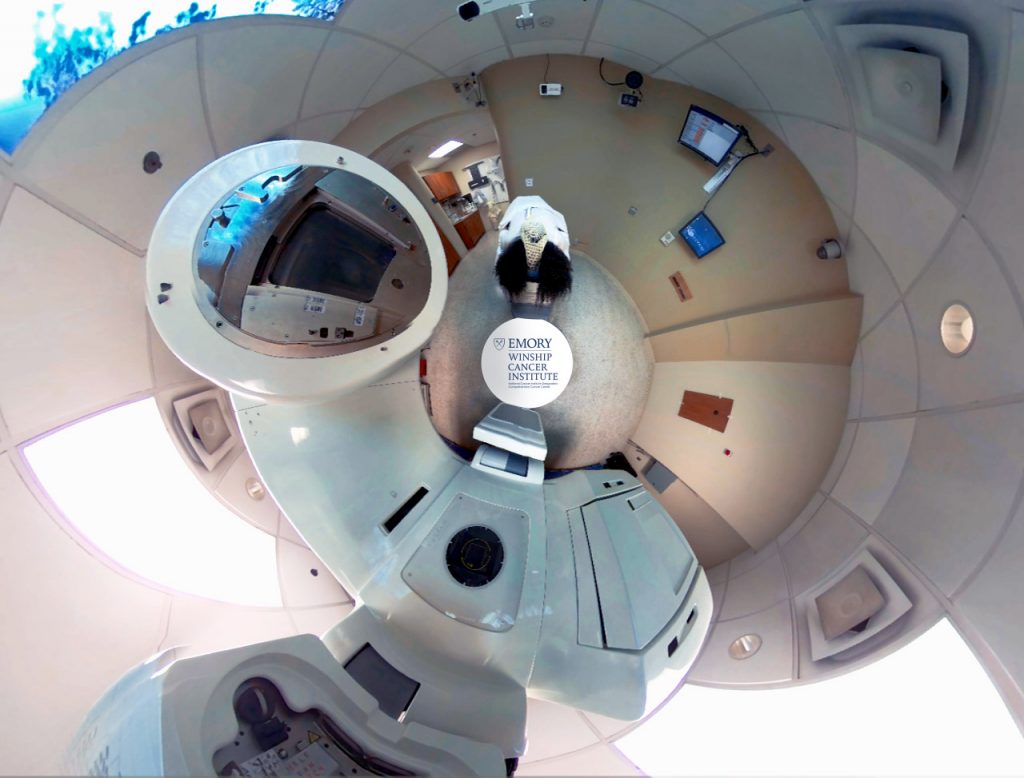
- Medical Treatment Overviews
Medical treatments can be very hard to explain, and even with photos, it’s not always completely clear to the patient what the treatment will be like from their perspective, leading to nervousness and a general apprehension of the treatment.
With VR medical content, you can show the user a first-hand look at exactly what the treatment will be like. This will give them the best possible understanding of what the treatment will be like and generally spurs more specific questions and discussions between the patient and provider.
- Robotics, Facilities, and Industrial Process Explanations
Want to show off your new warehouse automation system or robotic MIG welder? This is how! These videos are commonly used both at trade shows and on web platforms and consultations to show prospective customers exactly what you did!
In the form of virtual reality case studies, there is a very effective way to wow any potential customer.
- Travel and Real Estate Tours
Have a boat tour company? Hotel? Ski resort? Amusement park or tourist train?
VR content will engage your users like no other piece of branded content or marketing video that you’ve ever made. Often these types of content will be monoscopic or stereoscopic depending on how the user will consume the content. Giving your audience a taste of the experience you offer will make them much more willing to book their next adventure with you!
Nothing beats showing off a 5 Million dollar mansion with 360 videos, photos and traditional video production simply will not generate the sense of space and scale that a VR real estate tour will!
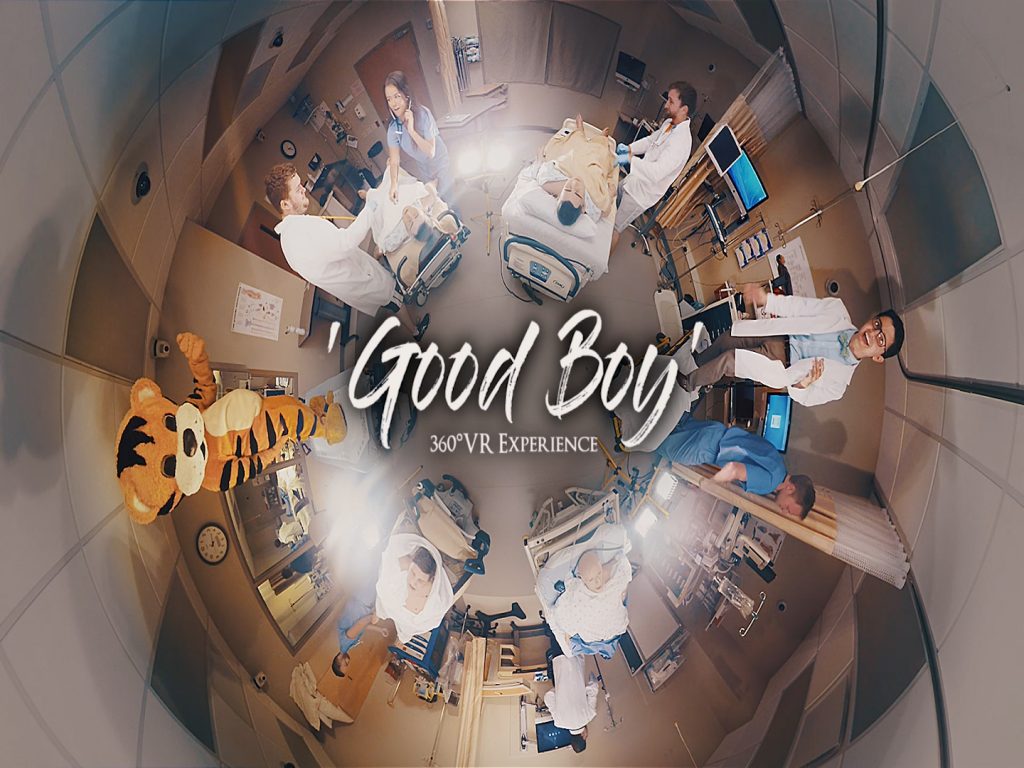
- Social Media
Social media ad spending is rising steadily, video content, in general, will result in a much higher CTR and over campaign ROI as users will tend to click it more, and stay better engaged.
Virtual Reality Social Media content is the next level of this. Social Media VR content tends to be monoscopic as this will result in a wider range of viewership without having to use specialized hardware.
Showcase your latest products, an upcoming sale, or show off just how much passion went into creating your wine, pizza, beer, or suit!
- Digital and Web-Based Marketing
Just like social media above, using Virtual reality for digital and web-based videos, whether on youtube or otherwise will get users more engaged than any other type of content.
Retention will be up as will overall engagement.
- Educational Content
Want to bring the classroom to your students? VR education content will help to eliminate distractions and make students enjoy and look forward to immersive learning.
Want to travel to the bottom of a volcano or explore Rome, VR is a pandemic safe way to show students the world!
While there are many, many more ways to effectively use VR, these are just the most common we’ve seen!
Current Marketing Spend
With traditional video production, the rule of thumb is that production costs should generally be 20-25% of your ad buy spend, but virtual reality is so drastically different it’s hard to approach it in this same manner.
For a virtual reality trade show, virtual reality expo videos, virtual reality real estate, and virtual reality travel/ tourism content, the question then shifts to “How much would your marketing ROI increase if user retention and engagement more than doubled?”
Trade shows in particular are a more simple calculation, if even by generating one additional customer per expo, you would be heavily positive on ROI for virtual reality production over the course of a year. Brands spend huge sums to increase the number of leads generated from so many people congregating around their kiosks, as we said above, VR is a trade show cheat code.
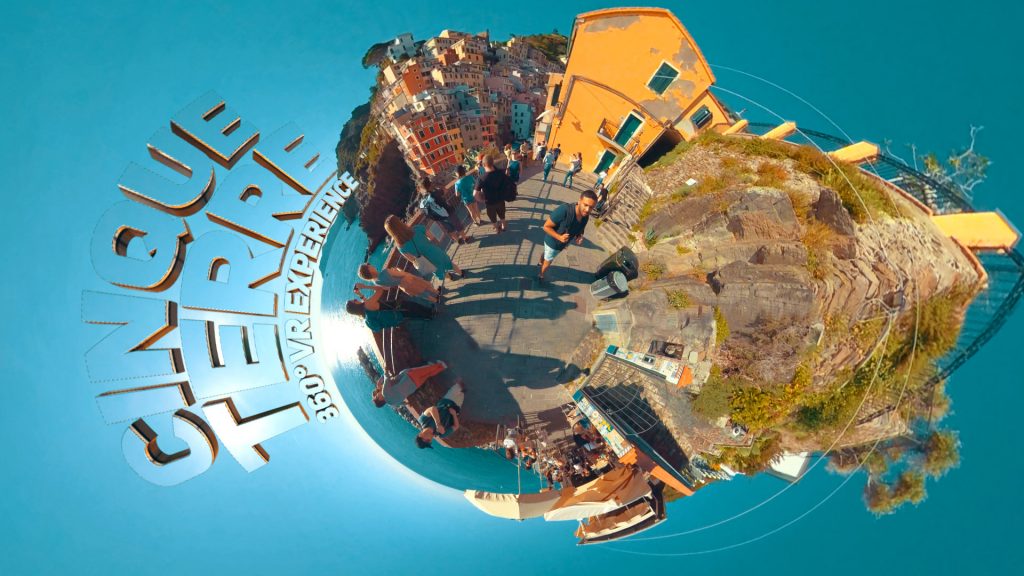
Marketing Channel and method of viewing the VR content also makes a difference
The use case above is important to determine how your viewers will consume your VR content, in the trade show example, spending more for an interactive app or stereoscopic video makes a sound financial decision since you have control over the hardware the user will watch the content on and that level of engagement will absolutely wow viewers.
For a boat rental company in the Bahamas, monoscopic VR content might make more sense, due to your viewers consume the video on their own mobile or desktop computers through your website, youtube page, social media pages, etc.
Oculus, HTC Vive, Samsung Gear VR, Google cardboard, and even PlayStation VR.
Youtube, Oculus, Facebook, web portals, Samsung VR
Length of Video
How long do you want your video to be? The longer the content, the more expensive it is.
For videos using lots of animation and post-production work, costs drastically increase on a per-second or per-minute basis.
For more simple monoscopic VR content such as a trip on a sailboat or hot air balloon, adding an additional minute to the total project length won’t inflate costs as much as the animation and interactive example above.
Our projects are typically 2-5 minutes long. There is generally not much of a reason to go longer than this.
Visual Effects
If you know you want overlaid graphics, special effects, or animated break downs of a medical procedure or product, let the production company know upfront. Almost every 360 VR video we create has some sort of visual effects and post-production elements added, the amount and style vary dramatically. Some have a minimum of visual effects, others are nearly entirely animated.
Audio and Spatial Audio
Spatial Audio is audio that changes depending on the direction your viewer is looking inside your app and even the location they are within the VR content. For full-on VR apps, audio editing can be more complicated as viewers navigate your VR created world, sound editing must take into account their actions and locations within the space.
Professional voiceovers, soundtracks, and music rights can quickly add up, but also elevate a project to much a higher level.
The majority of the VR content we create has either a professional voice over artist, a customer/patient, or a client representative providing explanations or narrating some or all of the VR video.
Example Content
Did you see a VR 360 video or VR experience you really liked? The more we understand what you are imagining for your own project, the better we can execute your vision!
Do you know your budget?
If there is a specific budget you are trying to stay within or a budget range you want to hit, let us know. We’ll work hard to maximize your return on budget, and tailor the solutions we suggest to best fit your budget level.
What happens next?
Think through the points above, even if you don’t know the answer for all of them, that’s fine so long as you know Your goals and where the video will be shown. The initial consultation will go through those points as we ask you questions to better understand what you want to create. Ultimately the consultation phase results in a project proposal with a budget. Often we provide a few virtual reality production solutions that vary slightly in scope and price, from which the client can choose which option they want to go with.

Real Numbers
Keep in mind these are very rough ballparks, as you’ve seen above each project is completely custom and varies widely.
Low End: $12,000- $25,000
Monoscopic with limited post-production, visual effects, locations, etc.
Mid Range: $25,000 – $50,000
These are where most VR projects fall, both monoscopic and stereoscopic depending on the application, a mix of post-production and visual effects, more potential for locations, actors, and sets.
High end: $50,000 – ???,???
Virtual Reality Apps are the most common type of high-end production. Many of the interactive apps used at trade shows or expos fall into this category. These projects take an immense amount of developer, production, and planning time to execute well, but you’ll be building an interactive virtual world where your audience can interact and explore.
Tennessee 360 Vr video production
Have questions or want to talk about a project? CONTACT US via email or phone.
Don’t be scared to ask as many questions as you can think of, VR is a quickly evolving segment of media production, and we’d be happy to discuss at length any ideas, or questions you might have.
Our initial consultations are no obligation and completely free.


